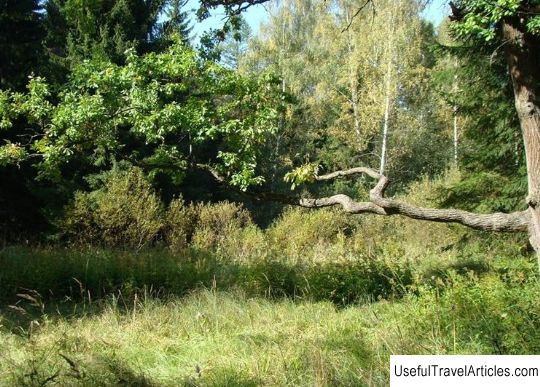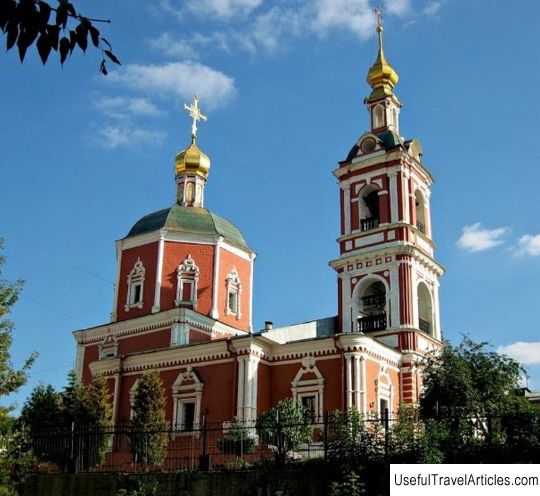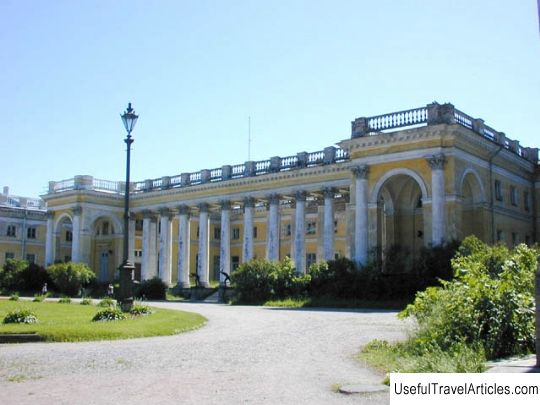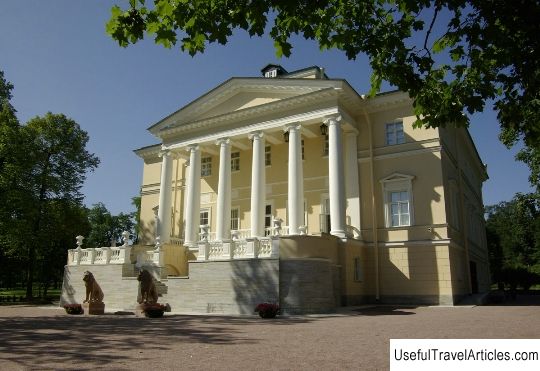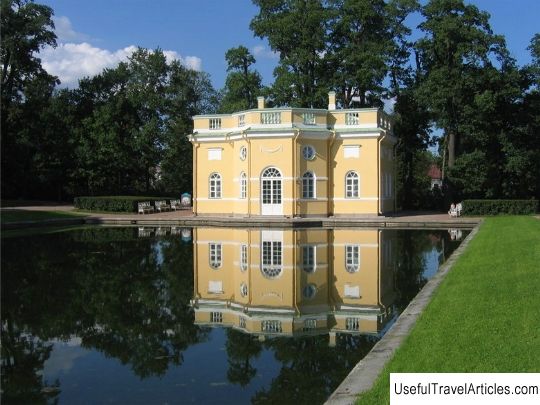Babolovsky Palace and Tsar Bath description and photos - Russia - St. Petersburg: Pushkin (Tsarskoe Selo)
Rating: 7,5/10 (100 votes) 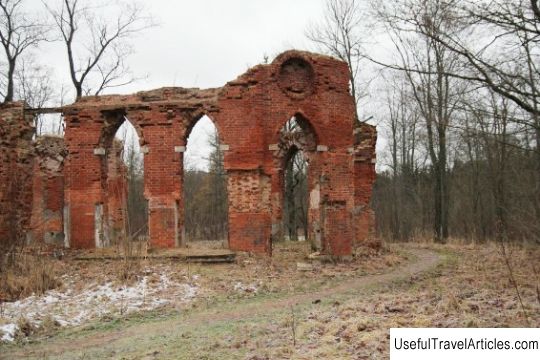
Babolovsky Palace and Tsar Bath description and photos - Russia - St. Petersburg: Pushkin (Tsarskoe Selo). Detailed information about the attraction. Description, photos and a map showing the nearest significant objects. Photo and descriptionThe Babolovsky Palace is located in the Babolovsky Park of the city of Pushkin (Tsarskoe Selo). It is an object of cultural heritage of the Russian Federation. The history of the Babolovsky Palace dates back to the 80s of the 18th century, when not far from the village of Babolovo, three miles from Tsarskoe Selo, among swamps and lowlands overgrown with forest, Prince Grigory Alexandrovich Potemkin set up a manor with a small landscape garden. In 1780, a manor house made of wood was built on the manor, which after 5 years gave way to a stone palace, erected in 1785 according to the plan of I. Neelov. The volumetric solution of the project and many of its features indicate that I. Starov also contributed to the planning of the Babolovsky Palace, who at that time was building a palace for the prince in Ostrovki on the Neva, also giving it the character of the "Gothic" style: jagged parapets, windows with pointed ends. The eight-sided tower with a hipped roof also gave the palace the look of Gothic buildings. The asymmetric layout of the Babolovsky Palace and the variety of halls' forms made the building unusual and original. A large marble bath was installed in the main room for bathing on hot days. The Babolovo Palace was a one-story summer building. There were 7 rooms in it, from each one could get into the park. Too remote location of the palace led to its infrequent attendance and by 1791 the abandoned building had become dilapidated. The second birth of the Babolovsky Palace was its reconstruction, carried out in 1824-1825 by V.P. ... Stasov. The oval hall is the compositional center of the palace. Its dimensions were significantly increased by the architect so that instead of the former marble bathtub, a new one made of granite could be placed in it. A unique monolith container with a capacity of 8000 buckets of water was ordered by engineer Betancourt to the famous Petersburg stonecutter Samson Sukhanov, who managed the creation of rostral columns at the Stock Exchange on the spit of St. Petersburg's Vasilievsky Island and took part in the manufacture of the pedestal for the monument to Minin and Pozharsky in the capital. A giant piece of red granite interspersed with a greenish labradorite weighing more than 160 tons was delivered from one of the Finnish islands. It was polished on site for 10 years between 1818 and 1828. The bath is 196 cm high, 533 cm in diameter, 152 cm deep, and weighs 48 tons. The pool was installed first, and then the walls were built around. A cast-iron staircase with a handrail led to the bath, held on to cast-iron columns and equipped with viewing platforms. All elements were manufactured at Ch. Byrd's iron foundry. The historian I. Yakovkin said that this product is “one of the first in the world,” and Professor J. Zembitsky noted that this work deserves attention, since “nothing so colossal of granite has been known since the time of the Egyptians.” At the same time, Stasov wrote that, according to the highest order to make a dome of stone, instead of a planned ceiling made of wood over an oval hall built around a granite pool, it was necessary to increase the walls and foundations corresponding to the weight and distance of such a dome. To do this, it was necessary to break the rest of the former hall and some of the adjacent walls of the palace with their foundations. The architect completed work in 1829, having reconstructed only the main volume, and carefully preserved the Gothic appearance of the building with lancet windows and a crenellated attic. The facades of the palace were plastered, cut to resemble a stone and painted brown. The Babolovo Palace was seriously damaged during the Great Patriotic War. Its stone vaults collapsed. Only one bathtub has survived. During the war years, the Germans tried to take it out as a unique exhibit, but could not. Currently, the palace is in ruins. Restoration is proposed.     We also recommend reading Berlin Zoo (Zoologischer Garten Berlin) description and photos - Germany: Berlin Topic: Babolovsky Palace and Tsar Bath description and photos - Russia - St. Petersburg: Pushkin (Tsarskoe Selo). |
